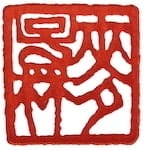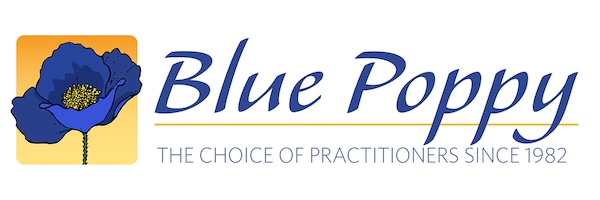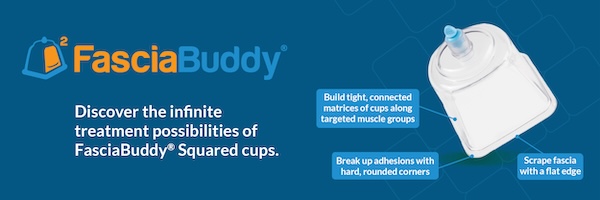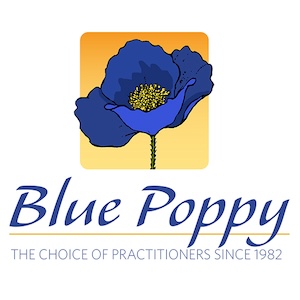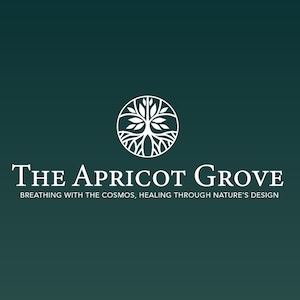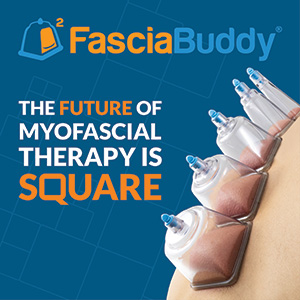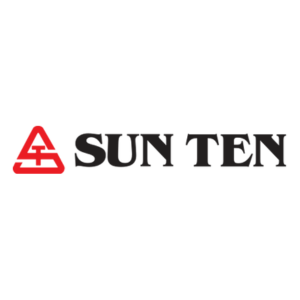Amidst the chaos of contagion and windstorm of viral woes, Chinese medicine offers ancient remedies, and beyond that, perspectives to guide us through the turmoil.
While our bodies may be ever-changing, our medicine offers both a rooted stability and capacity to follow change in the moment. There’s more than one helpful way to track the winds of disharmony, to follow the tides of illness and health, and invite balance into an unsettled system.
In this conversation with Daniel Altschuler, we delve into the Covid19 pandemic’s tumultuous past and the challenges of the present. We discuss its parallels to the 2003 SARS epidemic, the long-term issues with some viruses, questions surrounding the vaccine, and the multifaceted approaches of East Asian medicine in treating these wind viruses.
Listen into this discussion on the personal and clinical experience of restoring balance in the face of Covid.
In This Conversation We Discuss:
- A ‘post mortem’ of the pandemic – Where we were, where we are, and where we’re headed
- Recalling the 2003 SARS pandemic and the lessons learned
- How does Long Covid compare to other post-viral syndromes?
- Controversies surrounding vaccine injury
- Responding to Covid: Clinical application of Wen Bing disease theory and Shang Han Lun formulas
- Taking the potential of 2000 years of clinical history and making it alive in the present moment
- What does it take to be an effective Chinese medicine practitioner?
- Comfort formulas – Having a go-to ‘team’ of herbs
No matter how abstruse or incomprehensible classical Chinese medicine may seem, there usually was an experiential and valid clinic basis behind it. If you don’t understand it, it’s because you haven’t yet seen it.
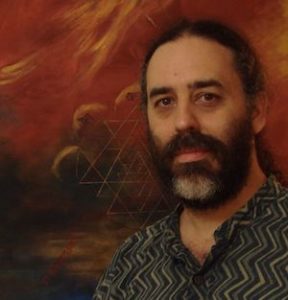 After becoming enthralled with Japanese culture in high school, through Clavell’s Shogun, Alan Watts, and D T Suzuki, I eventually pursued an academic career track in Asian and Buddhist studies at University of Pennsylvania and UCLA. My plans took a turn when I was in Taiwan studying Chinese language at the Stanford Center. Curious about acupuncture, I was introduced to Dr. Lee Chen-Yu, who immediately accepted me as a student, put a Chinese medical book in my hands, and told me to start reading.
After becoming enthralled with Japanese culture in high school, through Clavell’s Shogun, Alan Watts, and D T Suzuki, I eventually pursued an academic career track in Asian and Buddhist studies at University of Pennsylvania and UCLA. My plans took a turn when I was in Taiwan studying Chinese language at the Stanford Center. Curious about acupuncture, I was introduced to Dr. Lee Chen-Yu, who immediately accepted me as a student, put a Chinese medical book in my hands, and told me to start reading.
Academic studies are fun, but in Chinese medicine, theories have to work or the patient suffers. I was fascinated to see the ancient theories of five phases, yin yang and so forth live practically in every treatment decision. I spent fifteen years as Dr Lee’s apprentice, observing, studying and reading, preparing herbs, assisting with acupuncture and following him to patients in the ICU and ER. This experience proved to me the efficacy of Chinese medicine for patients with all sorts of diseases and conditions, not just helping calm the worried-well.
In 2006 I moved to Seattle to teach at the Seattle Institute of East Asian Medicine (SIEAM) and Bastyr University as well as maintain a private practice, specializing in cancer, neuropathies and autoimmune dysfunctions. I love engaging with the new generations of students while continuing to hone my skills and understandings of the classics through my patients. In 2015, I established a non-profit, Open Hands Medicine, to bring East Asian medical health care to Nepal.
Links and Resources
Visit Daniel’s website, or learn more about his trips that offer practitioners the opportunity to treat patients in Katmandu.
Subscribe To This Podcast In Your Favourite Player
Share this podcast with your friends!
Shop Talk with Kristin Wisgirda
Saam Acupuncture
In less than 2 days, a single acupuncture treatment heals a wound that 2 months of conventional treatments couldn’t help.
This case exemplifies the power of Saam, a Korean tradition of acupuncture. I hope this case will inspire more acupuncturists to study Saam and be of interest for those already practicing Saam. A deep understanding of the qualities of the 12 channels of Saam was necessary to come to the correct diagnosis, the key that along with proper treatment unlocks the amazing healing potential of the body.
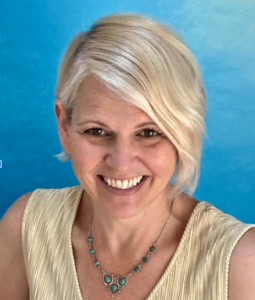
I have been steeping in everything Saam since Toby Daly began teaching this tradition. Now Toby’s teaching assistant, I work closely with him in developing my own offerings. I was the original moderator for the Saam forum on Qiological for 2 years and now have my own Saam mentorship program in the White Pine Circle. Guiding students through cases and the basics of Saam practice is a joy.
I graduated from PCOM San Diego in 1999 and have been practicing in southeastern Massachusetts since.
I am grateful for the opportunity to translate the beautiful world view of our medicine into results-oriented practice.
12 Channels of Saam: Essential Qualities
Tuesdays, April 4- May 9th, 11am-1pm EST
I am excited to share the tools and processes that I find clinically useful practicing Saam.
This course is a deep dive into how I translate Toby’s foundational teachings into every day practice. My clinical encounters along with the experiences of the other practitioners have shown me to how – and how not – to assign clinical weight to signs and symptoms, which are essential and which have multiple possible origins. Important Saam diagnostics will be emphasized with plentiful visuals.
The course is broken up into 6 easier to assimilate modules and the calls are recorded. A private forum enables those who can’t attend live to ask questions and participate and keep the conversation going between classes.
This class will immediately improve your clinical prowess whether you have just taken the Intro to Saam class or have been practicing for a few years.
Register Here: https://www.qiological.com/saam-12-channel/
The Bright and the Dull: Eye Observation for Saam Acupuncture (recorded)
Register Here: https://www.qiological.com/qiological-live-saam-eyes/
Saam Mentorship with Kristin Wisgirda (ongoing)
More info and registration here: https://whitepinecircle.org/saam-mentorship/
